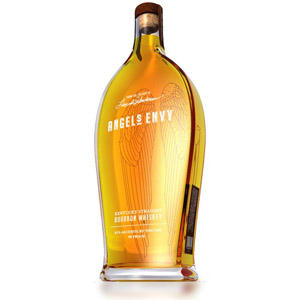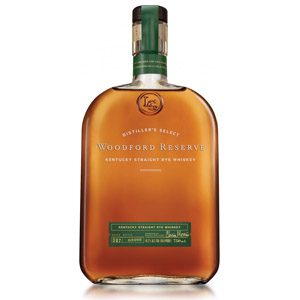Look. I get it. You’re a new distillery. You’ve sunk a ton of your own and your investors’ money into the venture, and the pressure is on to put brown liquid in a bottle. You know you have something special – a great story, a great mashbill, great grain sourcing, whatever, but you have to put product on the shelf and vodka isn’t cutting it anymore. So you age a bunch of your precious whiskey in smaller heavily-charred barrels and release them after just enough months to put color on. It’s not the best, but it’s also pretty good…. You know, if you squint and keep it moving in your mouth and don’t breathe in too sharply.
This is where so many up-and-coming distilleries go wrong. They treat these early batches as “previews” of future production, like you’re just buying a glimpse of coming attractions. Consumers don’t treat products like this, though. If they buy your label and it tastes rough and unready, they never come back. That first taste will forever be associated with the name and label of your whisky.
Now, once you’ve had time to age your whisky to full maturity and it’s actually ready for the market, you better hope you’ve spent enough on marketing, because all those people who tried your early attempts are no longer part of your market segment. You need new blood, and if you don’t get it, you’re toast. “Do you have a solution to this, Mr. Scotch Snob?” I hear you asking. No, I don’t. This is a difficult business and distilleries fail all the time, and this may be one of the reasons.
Rant aside, Roknar is one of the products of Far North Spirits, a “Field to Glass” distillery in Hallock, Minnesota, near the Canadian border. On paper, it has ticks in all the boxes. This is a single-estate rye made from non-GMO “AC Hazlet” rye grown on the family farm, mashed with 10% heirloom corn and 10% malted barley, and hammer-milled, fermented, and double-distilled in small batches on-site. The whiskey is matured in new charred 15-gallon (that’s very small, a little bit larger than a quarter cask) oak casks for 16 months and then finished for an undisclosed amount of time in refill Cognac casks.
The rye, which is legally less than 2 years old, is bottled without chill filtration at a respectable 47% ABV. My bottle is from Batch 38, Bottle 248.
Nose: Spicy and sweet. The “sweet” is a bit cloying and a little acrid, like raw corn syrup. The “spicy” is a nice array of grain-forward rye spices, like clove, cinnamon, and star anise. Primarily clove. Some brown sugar, some paint thinner, and some fresh tart cherries.
Palate: Medium-bodied, with a mild tongue burn. Sweet corn up front, with a cinnamon-and-sugar spiciness immediately after. The cherry also appears, tart and juicy. A little barrel char, but this nice balancing act is thrown off by the re-appearance of that paint thinner note.
Finish: Medium-long. Very consistent, with a lot of the same palate notes continuing through the finish. Not too bitter. Fades without evolving.
With Water: A few drops of water amp up the nose tickle, and reveal a hint of that young-rye eucalyptus/pine-needle grassiness that I expected earlier. The palate is sweeter, but also carries that grassiness. Water does give you a different perspective on this whiskey – try some if you’re looking to experiment with it.
Overall: A tasty whiskey that is borderline ruined by youthful grain alcohol flavors (“paint thinner” or “nail polish remover”). I yearn to taste this exact whisky with 5 or 6 more years of aging on it. As-is, I can’t get past the young grain alcohol flavors. I also can’t detect the effects of the Cognac finish, which may have either been too short or in spent casks. (Or, that’s the origin of the cherry flavor, which I suppose is possible.) I like what Far North Spirits is doing, and their approach to whiskeymaking. I just can’t recommend this particular bottle.








